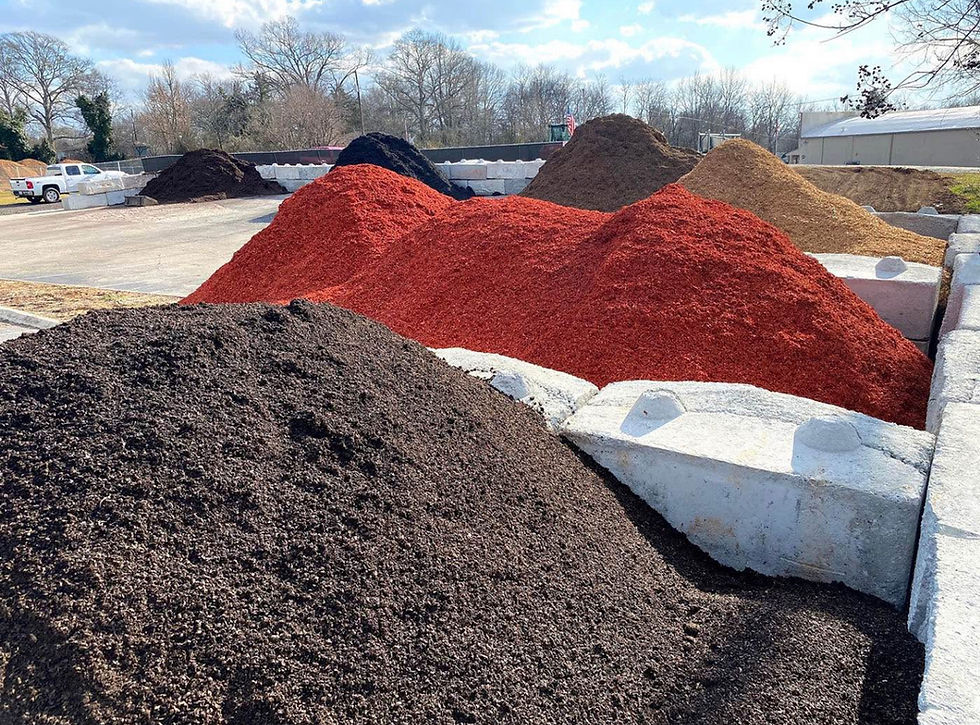The Threat of Spotted Lanternflies and How to Protect Your Trees
- Jordan L

- Sep 26, 2023
- 2 min read
Updated: Aug 20

Here at Patriot Tree Service, we've witnessed firsthand the havoc that certain pests can wreak on our beautiful trees. One such pest, making a notorious name for itself in recent years, is the Spotted Lanternfly. As we approach the colder months, it's crucial to be aware of their egg-laying habits and how you can take proactive steps to prevent their proliferation next spring.
What are Spotted Lanternflies?
The Spotted Lanternfly, or Lycorma delicatula, is an invasive pest native to China, India, and Vietnam. It was first detected in the U.S. in Pennsylvania in 2014. Since then, it has been a significant concern for many states due to its potential to harm various plants, including grapes, apples, hops, and hardwood trees.

Why are they a concern?
Spotted Lanternflies can cause significant damage by feeding on a plant's sap, weakening it and making it susceptible to disease. Their feeding also causes honeydew excretion, which attracts other pests and molds. This combination can severely hinder the health of trees and affect the overall biodiversity of our natural landscapes.
Their Egg-laying Habits
From now until December, Spotted Lanternflies lay their eggs. This is where our opportunity to curb their population arises. When you know what to look for, you can take action and prevent the next generation from causing damage in the spring.
Identifying Spotted Lanternfly Egg Masses:
Appearance: The egg masses of the Spotted Lanternfly are covered with a mud-like gray substance, giving it a deceptive look of being a patch of dried mud or mortar. Over time, as this substance weathers, it begins to crack, further making it resemble old mortar.
Number of Eggs: Each of these egg masses can contain a whopping 30-50 eggs. When you consider the sheer number of eggs one female can lay, it becomes evident why their populations can skyrocket in a short amount of time.
Common Locations: These pests are not particularly choosy about where they lay their eggs. While trees are a common location, they also lay eggs on fences, cars, outdoor furniture, and virtually any vertical surface they come across.

How to Handle Spotted Lanternfly Eggs:
If you spot these egg masses:
Scrape Them Off: Use a plastic card or a knife to gently scrape off the egg masses from surfaces. Ensure you get under the entire mass to remove all the eggs.
Dispose of Them Properly: Once scraped off, place the egg masses in a bag with some alcohol or hand sanitizer. This will kill the eggs. Seal the bag and throw it away.
Report: The Spotted Lanternfly is a know invasive species in Virginia and West Virginia and no longer need reporting.
In Conclusion
At Patriot Tree Service, we believe in the proactive care of our natural surroundings. By staying informed and taking timely action, we can all play a part in ensuring our trees and plants remain healthy and free from the threat of invasive pests like the Spotted Lanternfly. Always keep a watchful eye, especially during the egg-laying season, and together, we can protect the beauty and health of our environment.









Comments